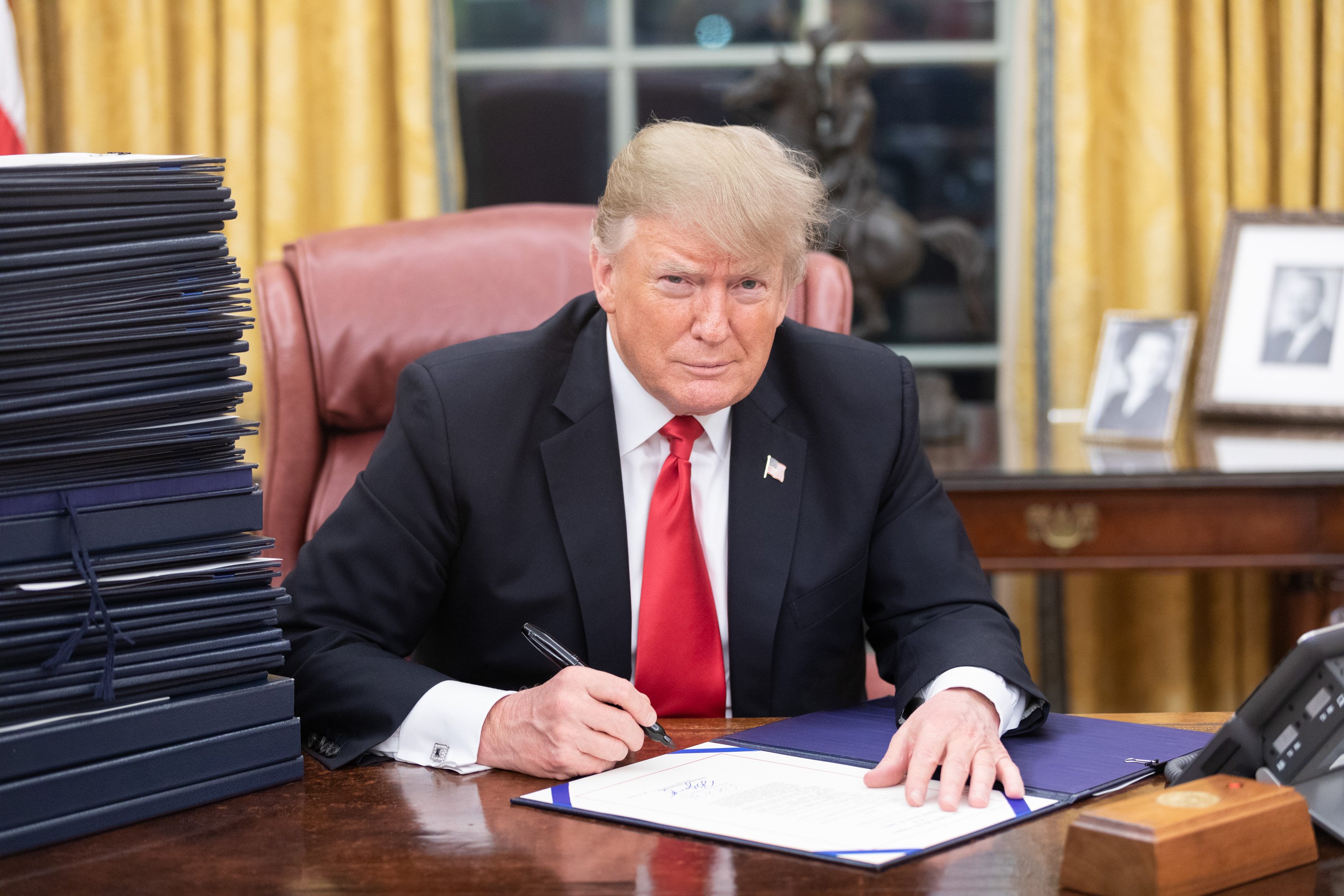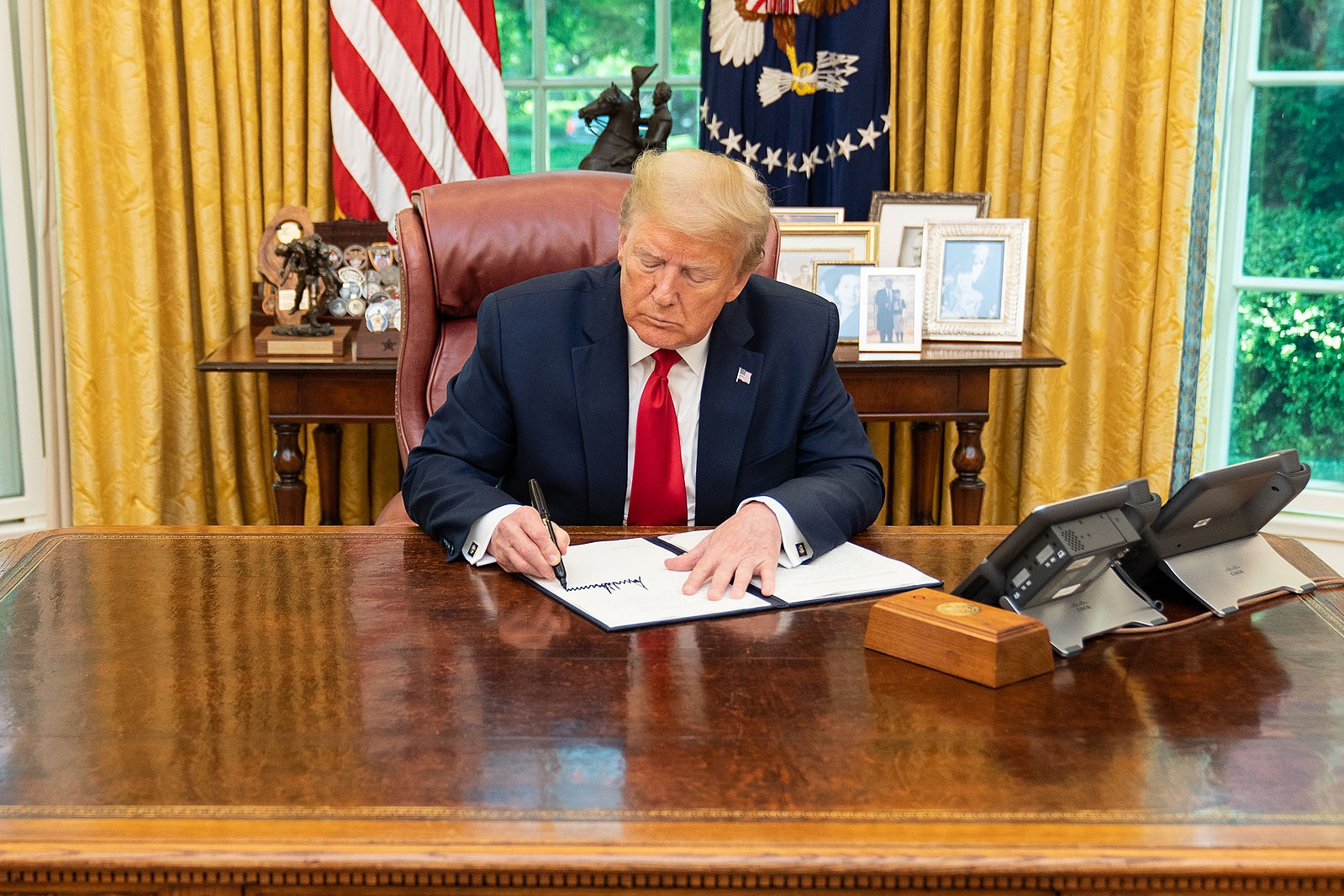An On The Spot Analysis of Today's Developments in the San Bernardino Attacks
I’ll begin this post with the marker that it is based on public reports on the San Bernardino attack as they developed today. Those reports and facts are evolving daily, even hourly. Just this evening, after I started drafting this post, FBI Director Comey and Attorney General Lynch confirmed that the investigation is continuing as an international terrorism investigation.
Published by The Lawfare Institute
in Cooperation With

I’ll begin this post with the marker that it is based on public reports on the San Bernardino attack as they developed today. Those reports and facts are evolving daily, even hourly. Just this evening, after I started drafting this post, FBI Director Comey and Attorney General Lynch confirmed that the investigation is continuing as an international terrorism investigation.
Today’s reports should be unsurprising for anyone who has been involved in U.S. counterterrorism matters for the past 14 years. They indicate that the two assailants, Syed Farook, a U.S. person, and Tashfeen Malik, a non-U.S. person in the country legally on a visa, attacked the attendees of the office conference and Christmas party as a result of either inspiration or encouragement from Islamist terrorist organizations, in particular, ISIS. Reports earlier in day claimed that U.S. government officials advised that Malik pledged allegiance to ISIS on social media.
It will not be long before the hard (and legitimate) questions directed at the FBI and the U.S. Intelligence Community will begin. The questions will be similar to those after the Boston attacks. The questions will be many and varied, but they will all center on one theme: why didn’t the FBI and the U.S. Intelligence Community know in advance that these individuals were planning to conduct a terrorist attack within the continental United States?
As these questions are asked and eventually answered, it will be important to keep in mind the guidelines and rules that govern FBI domestic counterterrorism investigations. It will also be important to keep in mind the way our laws and policies approach investigation of and foreign intelligence collection about U.S. citizens and non-U.S. persons differently. For example, the Attorney General’s Guidelines for FBI Domestic Operations provide that a national security investigation may not be conducted solely on the basis of first amendment activity. The guidelines, as well as FBI internal policies, include heightened restrictions for investigations of U.S. persons (which include citizens and lawful permanent residents.) And the subsequent reviews and analysis may also call into question the recent expansion of rights and protections for non-U.S. persons when it comes to international foreign intelligence surveillance conducted under the new Presidential Policy Directive-28.
In light of today’s reports, it is likely that the investigation will take a decidedly international pivot. The investigation will substantially focus on Farook’s international communications and travel. The investigation will also likely equally focus on Farook’s wife, Tashfeen Malik. This will include an analysis of information previously collected by the NSA and CIA and whether it revealed information about her. It will include a lot of coordination and querying of foreign services with whom the U.S. government cooperates on counterterrorism matters as to whether they had any derogatory information about these two. It will include detailed scrubs of whether either one or both had communications – substantive or innocuous-seeming – with individuals under surveillance conducted pursuant to FISA or Executive 12333. The investigation may also reveal that, similar to the Ft. Hood attack, one or both of the assailants did in fact have some sort of communication that was intercepted. Whether and how authorities were able to act on that information (if indeed it exists) will be important to know.
But I don’t want to get to far out ahead. At this point, this is a very early investigation and the FBI's national security components will spend all of their time determining how this happened, and, importantly, whether there are others who may be connected to these two in some way – through physical or virtual acquaintance - who may be inclined or prepared to conduct a follow-on attack.
But at some point, when the time is right, it also seems appropriate, that, following Paris, and San Bernardino, international intelligence and law enforcement agencies, including the U.S., will need look internally as to whether there exists any presumptions about gender that might be inadvertently influencing how counterterrorism investigations and activites are conducted. Was Malik subject to as rigorous an entry screening as a male of the same age, country and background would have been? Are foreign intelligence activities overseas equally focused on the threat posed by the radicalized, whether male or female? While female suicide bombers may not be a new phenomenon in the Middle East, we may be entering a new era, at least in the Western World, of equal female participation in war. What an irony, that the front page of today’s Washington Post carried a picture of Farook only, not his wife, alongside the headline that “U.S. Combat Units Are Opened to Women.” 21st Century War, on all fronts, will apparently be gender neutral.





